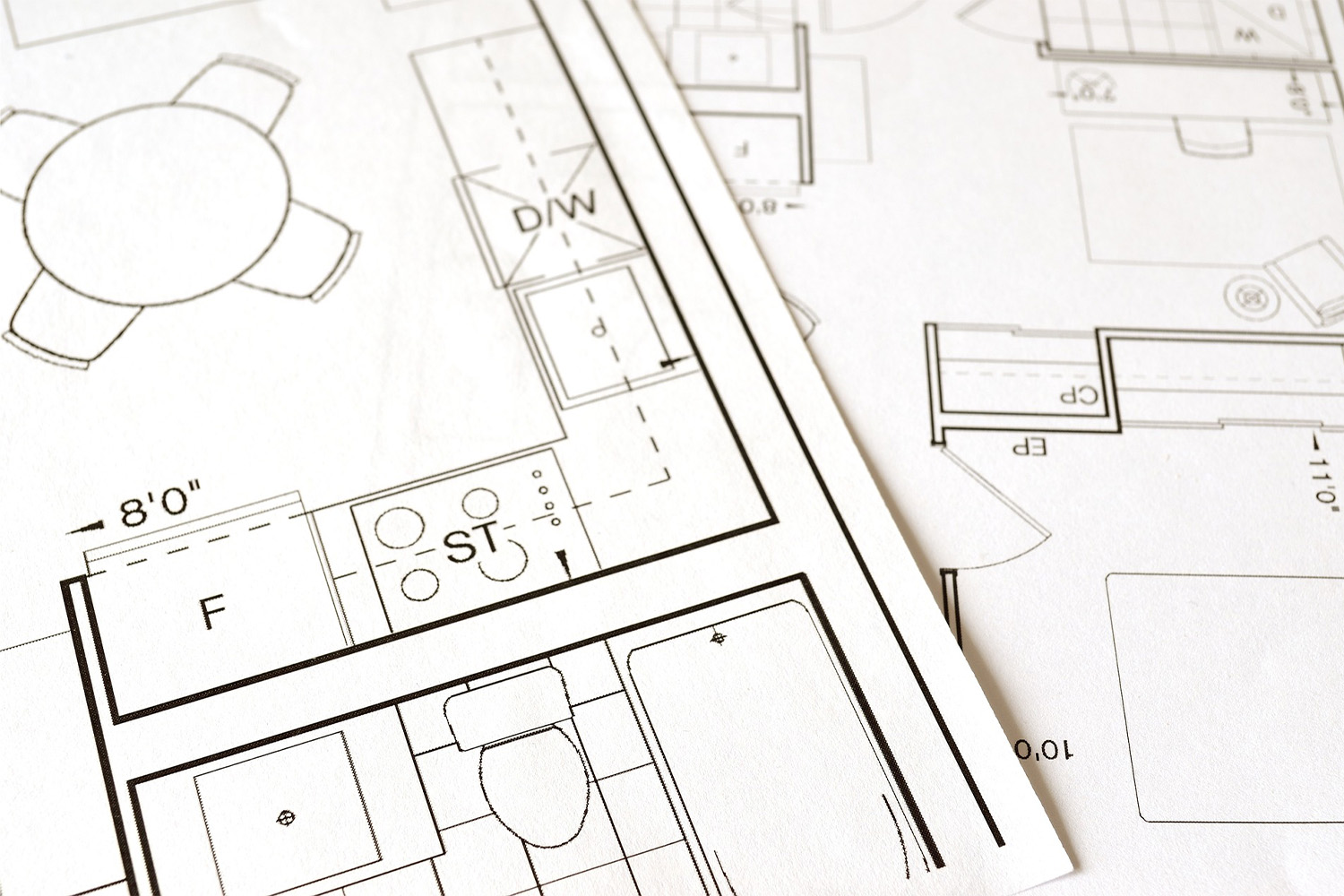Preservation? Restoration? What is this Project?
Share

The latest Architectural Record Building Types Study featured eight “Adaptive Reuse” projects
VJ Tocci, our internal expert on historic buildings, was inspired by AR. Enjoy the first of his series of posts on the topic.
Although some people group them into one category, there are actually six different types of “restoration”. Let’s set the record straight.
Preservation
is the effort to keep all elements of an antique building or structure intact. Original and previously modified elements are equally deserving of preservation. <a href=”http://en.wikipedia.org/wiki/Historic_preservation” target=”_blank”>examples</a>
Restoration
Restoration is the effort to “restore” a building or structure to a set appearance. This may include the removal or demolition of more recently added elements and replication of components to bring back the appearance of the building to the desired period. Some restorations bring structures to a historic date, rather than their original appearance, such as Independence Hall.
Renovation
Renovation is not necessarily associated with a particular historic structure. There is no particular desire to replicate antique architecture or restore any existing elements of the antique structure. Renovation is the incorporation of new materials within an older building without commitment to maintaining the historic fabric. This is the most common form of “restoration”, there is certainly nothing wrong with it and in some form, it is found in even museum-level restoration efforts (fire protection systems and indoor plumbing and handicap accessibility are elements that are necessary for virtually each of these categories).
Historic Replication
Historic Replication is when an entire structure is rebuilt to exactly replicate an antique building. The best example of this is the Governor’s Palace in <a href=”http://www.history.org/Foundation/cwhistory.cfm” target=”_blank”>Colonial Williamsburg</a>. Like more than 50 other buildings at Colonial Williamsburg, it was destroyed by fire and rebuilt in 1932.
Adaptive Use
Adaptive Use is the reutilization of a building or structure for a new function. It is the imaginative effort of bringing a building back to life by changing its use. Well-known examples include converting old mill buildings into condos or apartments. But this is only one example of Adaptive Use; Churches modified into residences or office space, train stations into restaurants, office buildings converted into hotels, the list is virtually unlimited. A side note: a pet peeve of a former professor of mine, “It’s adaptive USE, not RE-USE – Adaptive RE-Use is redundant!”
Rehabilitation
Rehabilitation commonly refers to the salvaging of older buildings, using the most economically viable methods possible. Great examples of rehabilitation occur in inner cities and poorer rural communities. For example, changing an unstable stable church roof from slate to asphalt shingles allows the building to ‘stay tight’, but is not too expensive to complete. Too often, ignored structures are past the point of no return, once money to do full restoration is available. Rehabilitation is an effective method to keep buildings intact and useful during periods when full restoration is not viable.